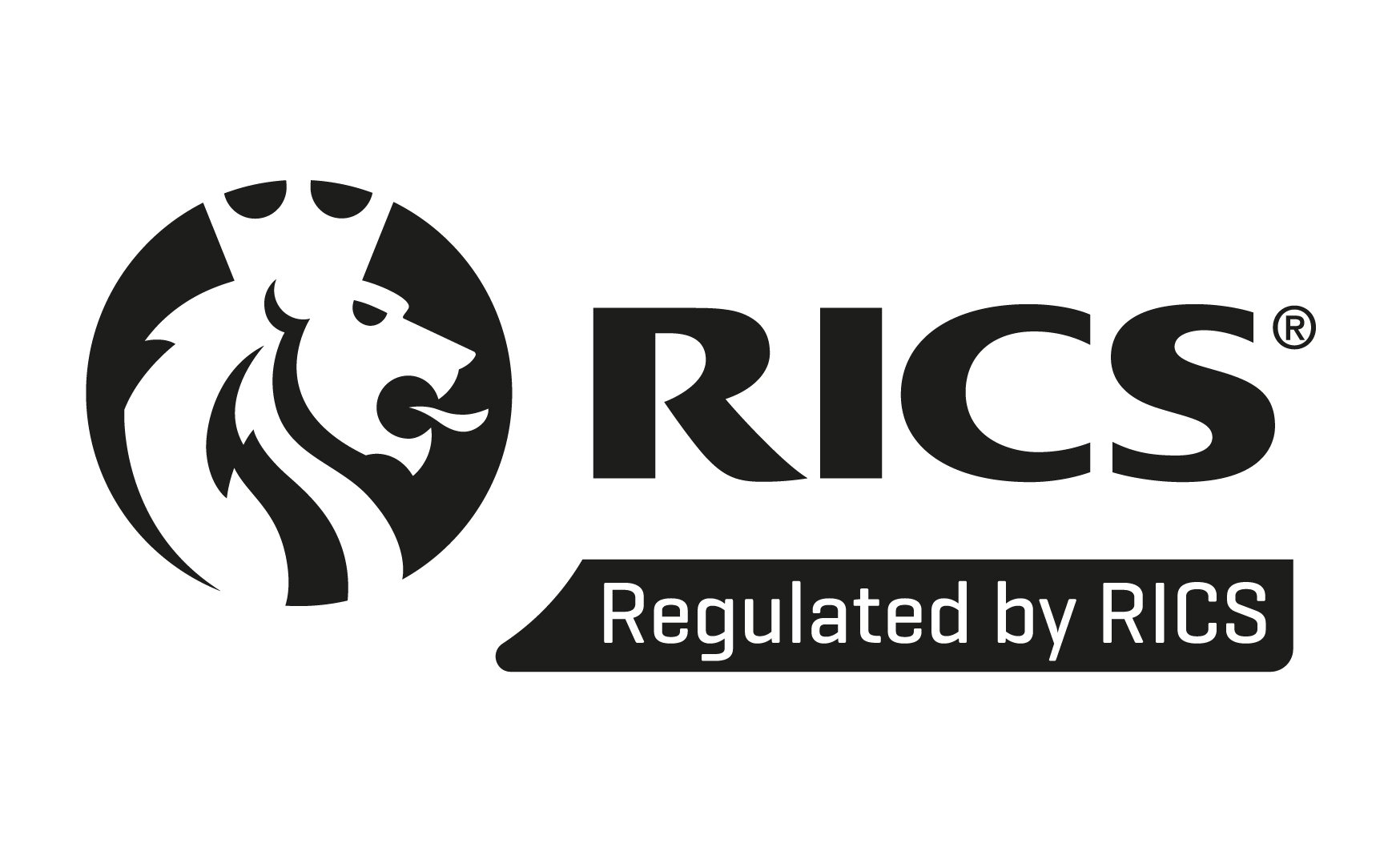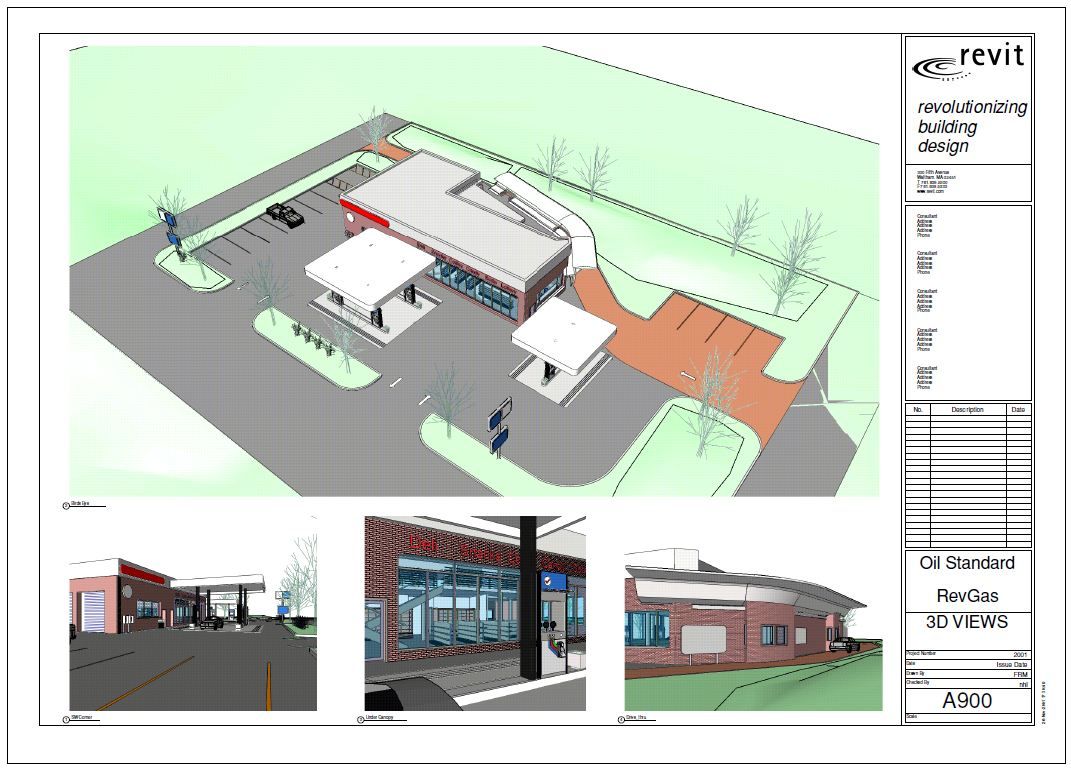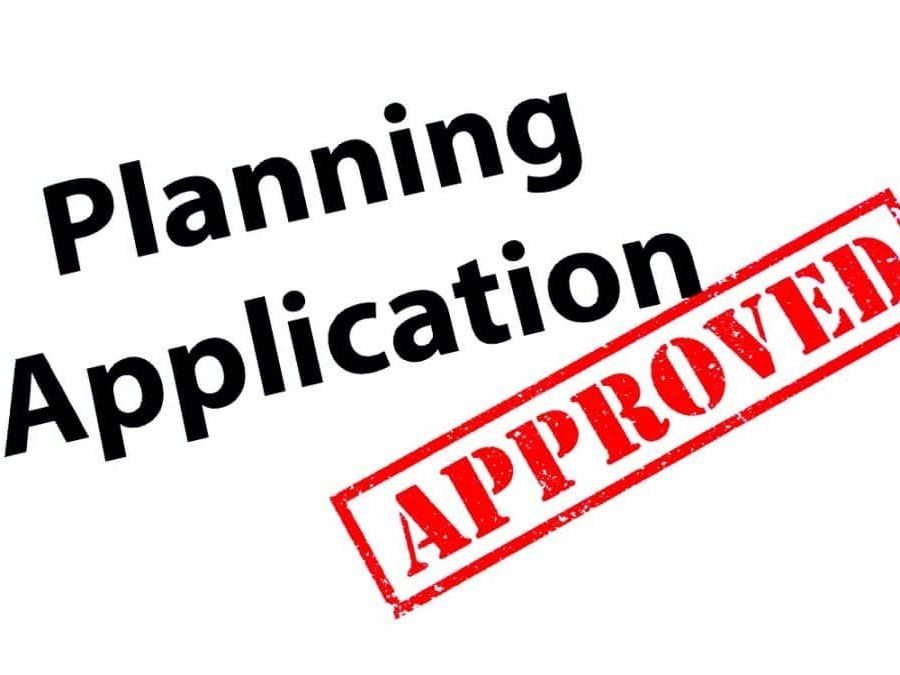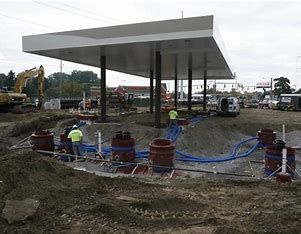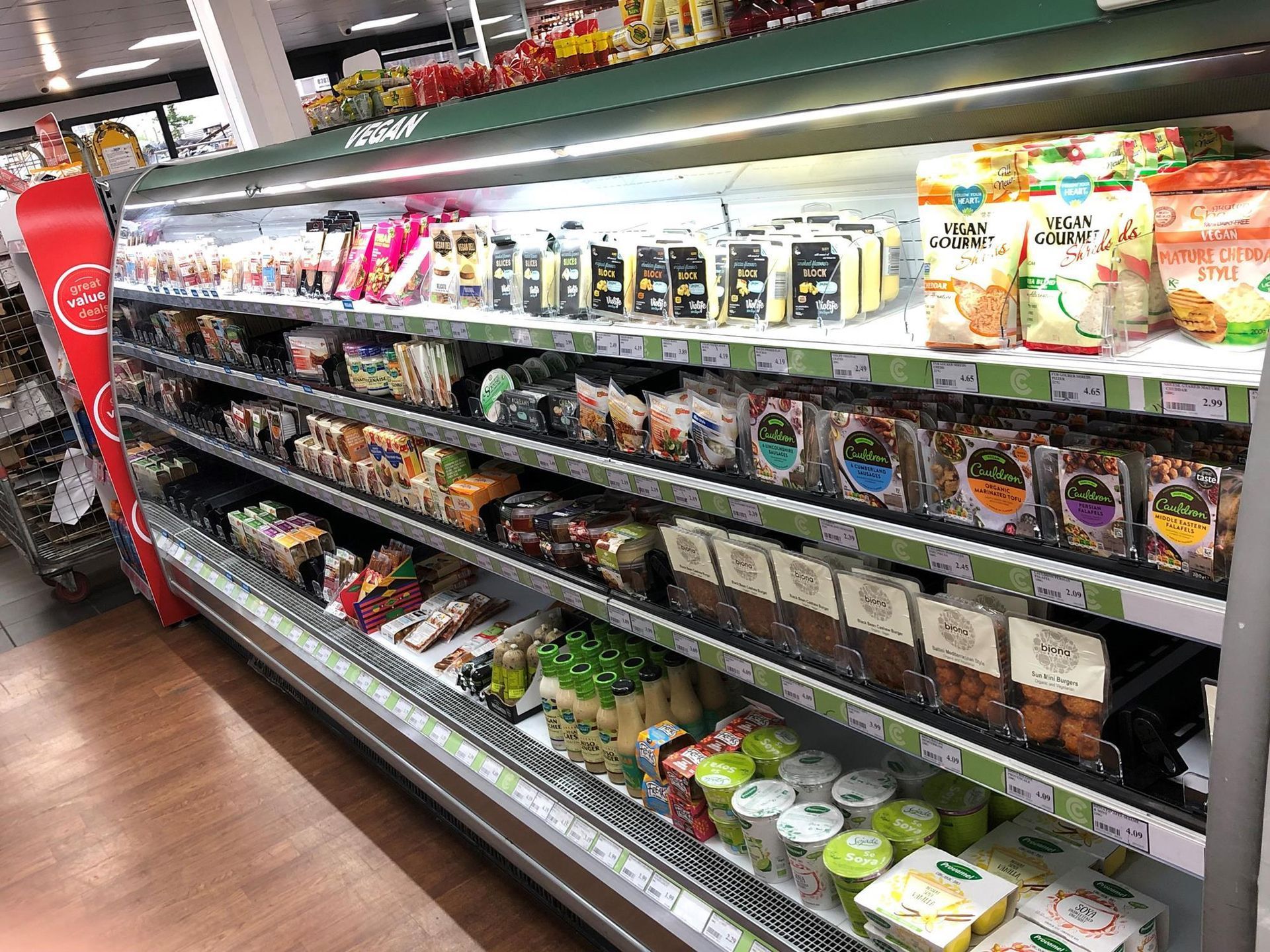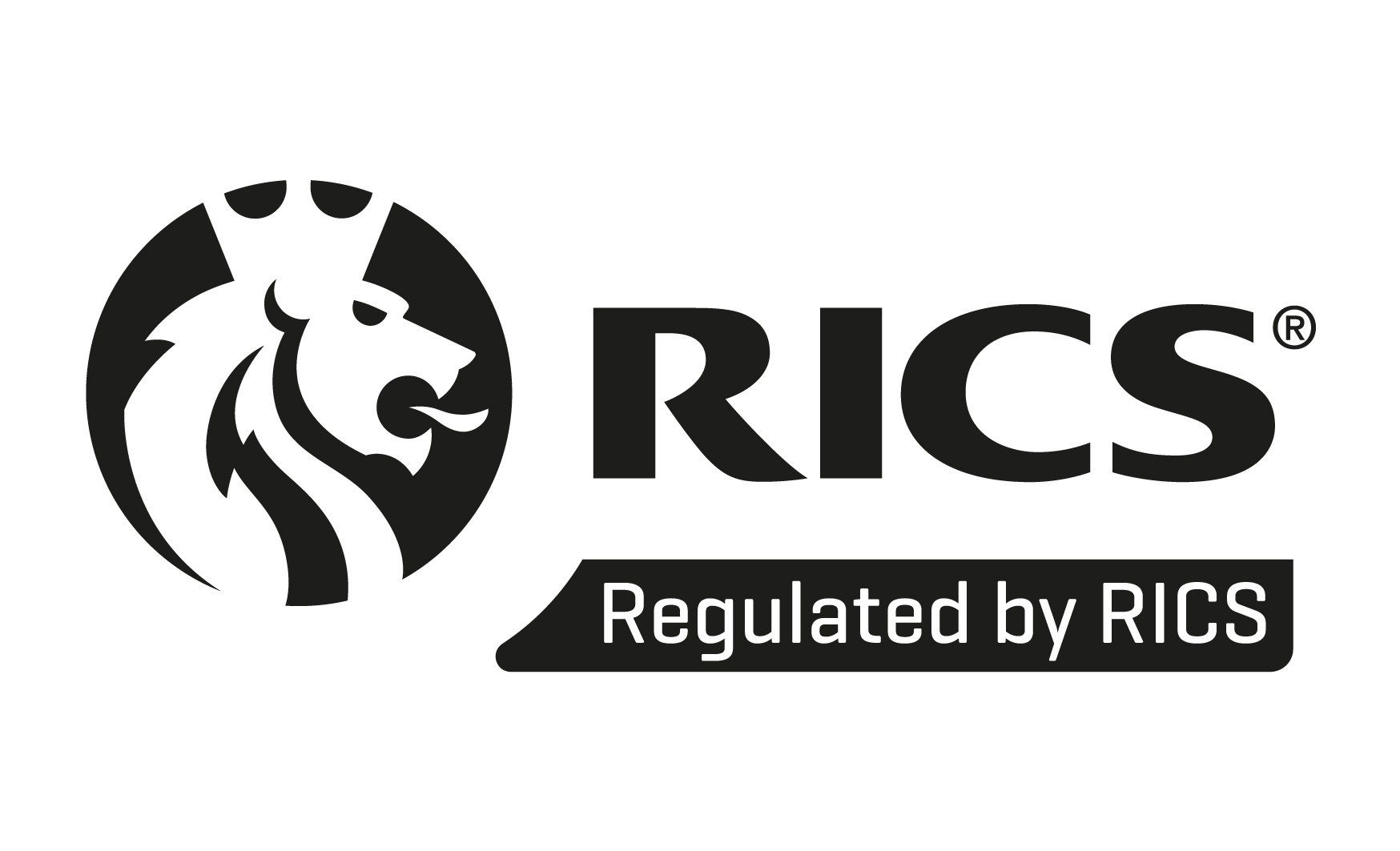Delivering Safely
Keeping everyone safe during design, build and ongoing operation.
We answer the questions you might have at each stage of the process so that you understand how you can ensure safety at all times:
- what steps need to be taken
- how to select safe suppliers and contractors
- ensuring that safety remains front of mind
If you can't find the answer to your question below, please contact us, and we can discuss it with you.
How is safety planned for during Pre-Construction?
Frequently asked questions
Concept
-
At what point in the development process should we first consider safety?
Safety should be a key consideration from the outset of your project and throughout.
As a construction project client, you have specific responsibilities under the Construction Design and Management Regulations 2015 to make suitable arrangements to enable the management of health and safety risks.
We appreciate that construction is not likely to be your day-to-day business and you are not expected to become an expert just because you have a construction project, but it is important that you get the right advice from professionals who can guide and support you to ensure compliance and allow you to demonstrate that you are aware of your duties under CDM 2015.
-
How do early consultant appointments influence safety?
A key client duty under CDM 2015 is to appoint project team members who have the appropriate skills, knowledge and experience in design and construction health and safety.
So making the right choices of advisors and professionals at an early stage provides a level of assurance that you have support with respect to project safety.
These early appointments of competent advisors also support further appointments later in the project process of those capable of carrying out their work in a safe way, the provision of health and safety information to suitably inform those involved in the works, and the creation of a healthy safety culture for the project.
-
Are there steps the client needs to take early on to manage safety?
It is advisable for a client inexperienced in construction to appoint an advisor early on in the project process to provide support with regard to client duties under CDM 2015. This advisor should be able to demonstrate skills, knowledge and experience in the area of safety but often provides wider project support and advice and can ensure that you are aware of your responsibilities.
Other project team appointments can be made early and this helps those members to have sufficient time to fulfil their duties under CDM and also generally improves the collaboration and communication amongst the team.
-
What safety tasks can the project lead deliver for us?
A suitably qualified, experienced Client Project Manager can also act as a CDM advisor to support you in your Client duties of making suitable arrangement for managing the project. If appropriately experienced they could also be appointed formally as Principal Designer, as required by the regulations, to have control over the preconstruction stage of the project.
During construction, when a Principal Contractor has been appointed, who will be principally responsible for safety on site, a Client Project Manager can assist in carrying out checks on your behalf. These checks can include: welfare provision, carrying out safety audits alongside progress monitoring and issue project notifications, as well as facilitating the collation of the Health & Safety File required at the end of the project.
Design
-
Who is responsible for design safety?
A designer is anyone who is preparing or modifying a design and they assume responsibility for completing the design task, even if there has been input from others during the design process. Therefore they are responsible for also complying with Regulation 9 of the CDM Regulations with regard to design safety.
Regulation 9 sets out the duties on designers which include the duty to eliminate, reduce or control foreseeable health and safety risks through the design process, such as those that may arise during construction or maintenance of the development.
Designers often have an opportunity to develop suitable solutions during design phase that make the build more practical and/or more cost effective as well as improving the safety of workers / operators.
-
What design safety documentation will be required?
Designers are required by Regulation 9 of the CDM Regs 2015 to provide information about risks that cannot be eliminated through design to the Principal Designer for inclusion in the Health & Safety file and with their design, provide sufficient information for those who are going to construct, maintain or operate the development.
Often designers use a design risk assessment to demonstrate that risks have been assessed and considered and to record any residual risks for reference by contractors, operators and maintainers. This does not include insignificant risks, or those arising from routine construction activities of which contractors should already be aware and it does not need to be a complicated document but the information to be passed on should be proportionate to the risks remaining.
Clients or their advisors / Principal Designer should be requesting design risk assessments or residual risk registers for use in the Preconstruction Information and the final Health & Safety File.
-
How does the design process impact on build and operational safety?
It is important that designers consider construction and operation of the development during the design phase.
Designs can be made simpler to improve safety during the construction phase. They can employ precast or modular elements which are formed in a controlled environment away from the site and choose materials which result in safer building methods. For example, specifying precast retaining walls avoids shuttering, reinforcement and in-situ concrete placing on site.
Thinking about how the site will be run can also generate designs which improve operator and maintainer safety. For example, simply locating a bin store adjacent to a building can avoid staff having to cross an access road to use it or placing HVAC equipment at ground level rather than on a roof avoids the need for working at height during maintenance.
Design reviews with project stakeholders can enable potential issues or risks to be identified and eliminated or reduced, and create a more user friendly project.
-
Where can i get advice about how to comply with CDM Regulations?
At Evenlode Roadside, we have a team who have worked with many clients advising on their duties under CDM and supporting them in the activities required. The team can act as Client Project Manager, CDM advisor and Principal Designer as necessary.
Please contact us for a discussion and more information.
Planning
-
What safety information is relevant to planning permission?
There can be several aspects of a project where a safety lens is used by planners and consultees to the planning process.
These can include:
- highway safety, ensuring that access to the site complies with road safety policies/standards, visibility splays etc.
- petroleum storage safety, ensuring that designs are in line with the APEA / EI Blue Book
- EV charging safety, reviewing whether layouts meet the requirements of APEA/EI guidance with respect to proximity to liquid fuels, and whether they employ any of the guidance given in PAS 1899 regarding accessibility
- pedestrian routes across the site
- coal mining risks
Considering these aspects during design and preparation of planning documents can reduce the level of challenge and number of queries during the determination period and contribute to a timely decision. Our team uses its experience and knowledge to advise on specialist consultants and the appropriate level of detail required for planning applications.
-
What health topics are the planning authorities interested in?
Planning authorities and consultees consider a number of health-related issues when reviewing applications for development, including:
- Noise – environmental health may require noise surveys and assessments for construction and operation phases
- Dust – construction dust controls may need to be defined in construction environmental method statements
- Air quality – the impact of the development on local air quality may be questioned
- Radon – in Radon affected areas special measures may be required
Having well-chosen experts in these fields enables information to be provided for planning review and defence of that information should it be required.
-
What environmental factors are considered during the planning permission process?
The planning process is one of the only methods by which environmental bodies like the EA / SEPA and environmental health departments get to comment on development proposals and their potential environmental impact. They may comment on aspects such as:
- Drainage – ensuring that the site drains to suitable sewers/drains and does not pollute the environment
- Contamination – planners and their environmental consultees will want to understand if a site is contaminated, what measures will be taken to remediate the area during the works and protect the future occupants and surrounding environment
- Sustainability – with respect to how the site is built and operated
- On larger project an Environmental Impact Assessment may be required which can cover subjects from air quality, to ecology, to heritage and conservation areas, to ground quality.
With climate becoming a key policy driver for planning authorities, being environmentally aware and engaging those who can advise on these issues is going to be of increasing importance for anyone involved in development and refurbishment of property. Our specialist consultants and planning consultants can provide excellent support in this area.
-
What other consents will I need?
Depending on the type of project there may be a number of different consents required in addition to planning permission. Consents to store petroleum, to drain to surface water or sewers, to drain from a car wash facility, to display advertising signs, to construct a new access from highways could all be required.
These applications and enquiries need to be made at an appropriate time in the project to avoid completing a project that cannot then be operated due to consents being denied. Your Client advisor can review the requirements and make early approaches to the relevant bodies to mitigate risks associated with permitting.
Delivering safely during and after construction?
Frequently asked questions
Procurement
-
How do we select competent contractors?
Any procurement strategy should identify how the competency of contractors is going to be assessed prior to selecting them as tenderers and then as part of the tender review process. The project team should have experience in defining this element of the procurement strategy and agree this with their client.
For a programme containing a significant number of projects, a client may choose to assess and accredit a prospective pool of contractors with respect to safety, so that they can invite them to tender or negotiate with them without further need for detailed review of their safety systems and processes.
For smaller projects or programmes of work, contractors may be selected for tender based on publicly available information such as reputation, recommendation, industry accreditation and experience in the area of work required, membership of industry associations and key personnel qualifications.
Further information on safety records and systems can then be requested as part of the tender submissions to further assess competency.
Tender submissions should be reviewed to ensure that the contractor can demonstrate a good safety culture as well as robust policies, systems and processes. They should advise if they are intending to use subcontractors and how they review and provide assurance regarding their competency.
-
What steps do we need to take to check that products are safe?
During procurement of equipment your project advisors/procurement team will review the relevant certification and standards that the various equipment needs to meet. Suppliers will need to confirm compliance with appropriate regulations for that equipment and include certificates and labelling where necessary. Products should be sourced from reputable manufacturers and distributors.
-
What check do we need to make of contractors?
As well as the safety systems and processes that are mentioned when finding competent contractors, they should be asked to confirm that they have the necessary types and appropriate levels of insurances.
When appointing the Principal Contractor it should be confirmed that they are aware of their specific duties under CDM which include coordination on site and being responsible for the overall safety of all contractors working on the site, including those who may be directly engaged by the client.
-
Do we need to prepare any safety documentation before construction can commence?
During procurement stage and in order that the project team and contractors have all the information they require to carry out the works safely, a Preconstruction Information Pack should be issued by the Client (Regulation 4 of CDM 2015). This is likely to be put together and issued by your Principal Designer, on your behalf, working with you and other members of the professional team and will include details of existing and potential safety hazards on the site and in the surrounding environment, details of existing surveys such as for asbestos, any as built information and any other information that is in your possession and which may inform the design / build.
For larger projects with a longer programme and predicted workforce levels, CDM requires a notification of the project to the Health & Safety Executive (HSE) in advance of a start on site. Again this can be completed and issued by your CDM advisor or Principal Designer on your behalf.
Further safety documentation is produced during build and at completion.
Build, Construction or Installation
-
Who is responsible for health & safety on the building site?
Your Principal Contractor (PC) will be responsible overall for health and safety on the site itself, but you will be responsible for ensuring that you appoint a PC who is competent, and should you appoint other contractors direct you are also responsible for ensuring that they are competent and that they cooperate with the PC.
The PC has specific duties under CDM 2015 including to plan and manage the works safely, plan and manage contractors, control the site access, ensure welfare facilities are provided, engage with workers, and communicate with the Principal Designer.
They are also responsible for producing the Construction Phase Plan which details how the work is going to be carried out safely and providing information for the Health & Safety File at the end of the project.
Although the PC and their site manager are responsible for on site safety, many clients use advisors and project managers to review the Construction Phase Plan and to audit contractors during works.
-
What systems can contractors employ to manage site safety?
Contractors will have their own processes and systems on site to manage safety, but they must have certain things in place to comply with their duties under CDM 2015 and other Health & Safety law/regulation.
Contractors should have a Health & Safety policy which is available for all workers to view. They will also produce the Construction Phase Plan for the project which will include details of how the work is to be carried out safely. They will need to induct their own workers and other contractors onto the site to ensure they are aware of site-specific hazards and rules, which they may also display in a prominent position on site.
Contractors will also have risk assessments and method statements for their work and any work by other contractors and will issue permits for specific higher risk tasks like working at height, hot works and excavation.
-
What are RAMS and why are they important?
RAMS is the acronym for Risk Assessments and Method Statements.
Risk assessments are the way in which a contractor will consider risks to their workers and others associated with a particular activity and then provide details of the mitigation or control measures.
Method statements are documents which record how an activity or works are to be carried out – a safe system of work.
RAMS are used to communicate to workers how the works should be carried out safely and what safety measures, PPE etc they need to use. They also demonstrate that the contractor has considered the risks of the work and put in place and communicated necessary precautions to allow the work to be undertaken safely and allow clients to be satisfied that contractors are planning to carry out the works in a suitable manner. Risk assessments are also a legal requirement for companies with 5 or more employees.
Soft Landings - Opening & running your new site
-
What safety tasks and documentation need to be closed out when handing over the completed project?
Practical completion can be defined in different ways depending on your contract, and your project advisors can put in place a handover check sheet and carry out inspections on your behalf, but we would recommend that the following are in place with respect to safety:
- Systems commissioned and certified as required – with operation and training provided for safe use.
- Maintenance instructions provided for proactively managing the new development safely especially with respect to issues such as legionella, interceptor clearance etc.
- Limited minor works only still to be completed – the contractor needs to retain responsibility for any high risk activity and operational staff should not be put at risk by any remaining works.
- Post handover support confirmed so that you know who to call if something does not function as expected.
Beyond practical completion, but within agreed timescales, all as built / design details, Operation and Maintenance Manuals, warranties and certification should be provided within the Health & Safety File, Building Regulations completion certificate should be issued and any post completion planning conditions should be discharged.
You can define what format and how you want to receive handover documentation to suit your existing systems, processes and data storage and your advisor can assist with this.
-
Is safety important once the site is open to the public and operational?
Once you take the site from your contractor you are responsible for the safety of your staff and customers and anyone visiting your site. You will have legal obligations to fulfil but there are other benefits to having systems and processes relating to safety, such as staff retention and customer confidence.
Taking a proactive approach to safety on a roadside retail site, where the possible mix of customer vehicles, delivery vehicles, pedestrians, flammable fuels and high power chargers can create a hazardous environment, is vital to ensure compliance and for the protection of people and property. In the event of an incident or accident on the site, investigators and regulators will come to you to determine the facts of the occurrence, review underlying causes and whether the way the site is operated was a contributory factor.
-
Why do I need a Health & Safety file?
A Health & Safety File is a legal requirement under CDM 2015 and the intention is that this becomes a living document that enables the site to be operated, maintained, refurbished and eventually demolished safely.
It should provide information that:
- you as an operator can refer to in order to determine any residual risks on the site, how to use the equipment and what the site looks like “as built”;
- that your maintenance contractors can refer to when maintaining equipment on the site and then add to if equipment is replaced or altered; - that a contractor can use when carrying out refurbishment work or demolishing the structures / infrastructure, alongside new surveys and assessments.
This can be a physical file kept on the site but it can also be a number of documents stored in a company maintenance system or electronic files so long as these are accessible to those that may require them.
-
What types of safety risk are present at an operational site?
One of the main activities when you start to review how your site is going to operate safely is carrying out a comprehensive assessment which will identify the specific risks on your site and the control measures that you put in place. Some of the common risks are noted below and a good Client or Health & Safety advisor can help you put in place the risk assessment and then the safety training, equipment, communication and culture to support your safe operations.
- Fuel storage and fire risk – below and above ground
- Vehicle movements and pedestrian interface with traffic
- Housekeeping – how goods are stored and moved around the shop
- Biological risks – eg legionella, food safety
- Violence, theft
- Electricity - increasingly more and more site equipment is electrically powered, including at higher voltages, such as Ev charging.
How do we select competent maintenance providers?
Some suppliers and installer will also provide maintenance services so these can be reviewed at the procurement stage of the development project to determine if they are suitably qualified and meet your safety requirements to also become a maintainer.
As noted for the selection of development contractors, having a procurement strategy for maintenance providers that identifies how the competency of the potential suppliers is going to be assessed is important.
Maintenance contractors are going to be working on your operational facility and therefore there will be different aspects to be considered from a development contractor, such as their awareness and ability to work where flammable fuels are stored and how well they protect your customers during works. Engaging a provider whose safety principals align with you own will improve your confidence in them alongside their safe systems and processes, plus industry accreditations.
-
Are there ways to control access to site for day to day maintenance tasks?
You are responsible for activities on your site and so controlling access by maintenance providers and being aware of the works that they are carrying out on your site is essential for the safety of the maintainer, your staff and customers.
If you have procured a competent contractor then they should only send competent, suitably trained personnel to your site with appropriate safety passport or similar. They will also produce risk assessments and method statements for their works, and you should put in place a system by which the staff on site can check and record the presentation of a safety passport and RAMS when the contractor first attends site. A two way conversation between the staff and the maintainer then enables both to understand the work to be done and the impact on the operation of the site, plus any possible effect of operation (deliveries etc) on the maintenance work.

